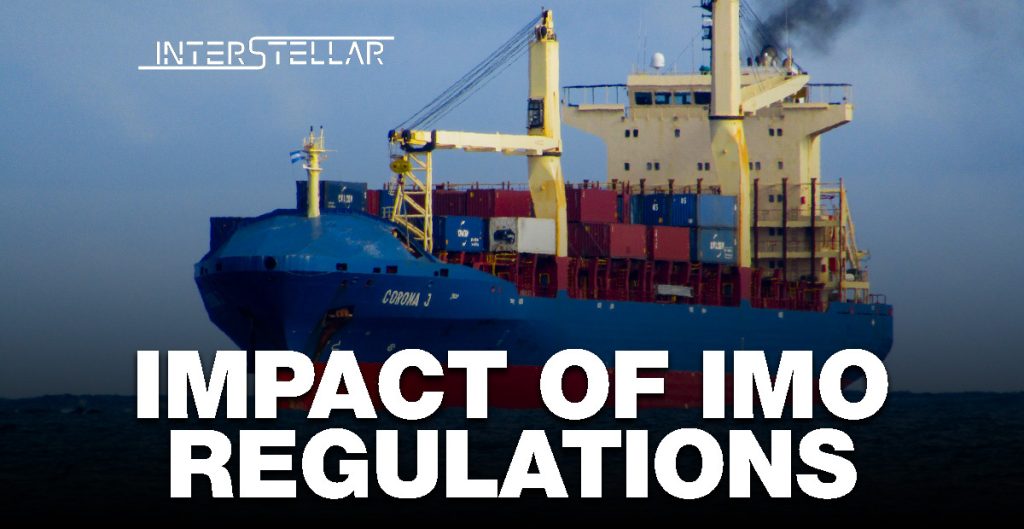Stricter IMO Shipping Fuel Regulations Cut Pollution but May Warm Oceans
New IMO shipping fuel regulations introduced in 2020 have significantly reduced sulphur dioxide (SO2) pollution but may have inadvertently contributed to ocean warming by reducing cloud cover. This finding comes from a modelling study led by Tianle Yuan at the University of Maryland, published in the Communications Earth & Environment journal.
Impact of IMO Regulations
The International Maritime Organization (IMO) implemented rules to reduce marine pollution, mandating that shippers cut their fuel sulphur content from 3.5% to 0.5%. This led to an 80% decline in SO2 emissions. SO2, while a significant pollutant, also forms aerosols that thicken clouds, reflecting sunlight back into space and thus masking global warming.
Potential Consequences
The research team estimates that IMO fuel standards might account for 80% of the planet’s total net heat uptake since 2020, particularly affecting busy shipping lanes. This reduction in SO2 has been identified as a potential factor in record ocean temperatures last year. Additionally, global cuts in air pollution may have accelerated global warming.
“This cooling effect (of SO2) is well understood – and documented episodes have occurred as consequences of several major volcanic eruptions emitting SO2 during the past 2,000 years,” noted Stuart Haszeldine, director of the Edinburgh Climate Change Institute at the University of Edinburgh. While Haszeldine did not participate in the study, he emphasised the significant and worrying trend highlighted by the research.
Varied Scientific Opinions
However, some scientists believe the study may overstate the IMO policy’s impact. Joel Hirschi from Britain’s National Oceanography Centre commented, “Research into why recent temperatures have been so high is ongoing, and the reduced sulphur content in ship fuel is only one contributing factor.”
Exploring Geoengineering Solutions
The authors suggest that “marine cloud brightening” could be a potential geoengineering solution to global warming. This involves reflecting heat back into space, with controversial proposals such as injecting SO2 into the atmosphere and experiments spraying seawater into the air to thicken clouds being considered.





